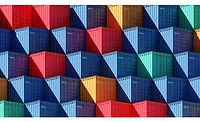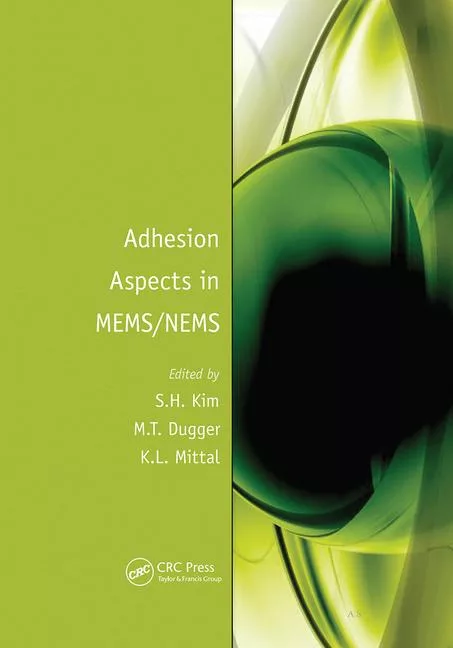Strategies for Gaining Packaging Efficiencies in Your Supply Chain
Proactive companies pay close attention to opportunities to increase packaging efficiencies throughout the end-to-end supply chain to improve their profitability and sustainability.

FluxFactory / iStock / Getty Images Plus via Getty Images
Since packaging is typically 10-40% of the retail price of products, there is no doubt it adds up to a relevant factor in product cost and waste. Packaging encompasses product design, prototypes and trials, materials, production, labor, shipping, and recycling and/or disposal. The most proactive companies pay close attention to opportunities to increase packaging efficiencies throughout the end-to-end supply chain to improve their profitability and sustainability.
Product Design Collaboration
Product design is at the heart of improving packaging efficiency. Our best clients take a collaborative approach to R&D and packaging design encompassing the end-to-end supply chain. For example, in a healthcare products manufacturer, the packaging engineer worked with R&D, manufacturing technicians, procurement resources, and logistics resources with a specialty in warehousing and transportation. In addition, customers, packaging materials suppliers, equipment specialists, and other resources took part in the collaborative design.
By involving these cross-functional resources, the full life cycle could be incorporated into the product design. In this case, they wanted to ensure the design encompassed the optimal packaging design to meet the customer’s visual, strength, and storage specifications while minimizing the materials, labor, and logistics costs. For example, the objective was to minimize the packaging materials while meeting product specifications. However, the team had to review potentially conflicting factors. For example, doubling the number of units of product per package would make the way the package fit in the box less efficient, the box might not be best designed to optimize the pallet, the pallets might not be optimized to fit on the truck, or the customer might not like the visual design or be able to fit the product in the storage area.
In addition, the product’s performance had to remain intact. Reducing the quantity of materials must not negatively impact the way the product worked for the customer. Compressing the product into the package must not negatively impact the absorbency of the product. Using redesigned materials in the manufacturing process must not impact product quality. This healthcare manufacturer successfully redesigned the product and reduced the total cost by more than 20% inclusive of materials, packaging, warehousing, and transportation costs.
Packaging Efficiencies in Bottling
There are vast opportunities to improve packaging efficiencies in the bottling industry. For example, Niagara has accomplished several key objectives in eliminating waste through packaging and innovation. They designed new packaging that eliminates the need for a cardboard tray in their cases and reduced the amount of plastic in their bottles by 60%. Thus, this packaging requires less materials and uses up less pallet space, allowing the company to reduce carbon emissions and ship more water per order.
Since 2009, Niagara improved its carbon footprint by 59% through innovations in design, lightweighting, and packaging. It has also increased its recycled content usage, which reduced greenhouse gas impact by bottle by 12%. Gaining these results requires a full lifecycle view of supply chain from product design through recycling.
Packaging Efficiencies at Amazon
According to Amazon, it continually works to reinvent and simplify packaging options. The company combines lab testing, machine learning, materials science, and manufacturing partnerships to accomplish this goal. Amazon notes that it avoided more than 2 million tons of packaging materials and reduced per-shipment packaging weight by 41% since 2015. The bottom line is that a significant reduction in packaging will reduce costs and improve sustainability.
Improving packaging efficiency can produce dramatic results. The healthcare products manufacturer, Niagara, and Amazon prove that by focusing on packaging design and innovation, tremendous savings in materials, labor, and freight will flow to the bottom line. In addition, carbon emissions are reduced and sustainability objectives are achieved.
For more information, contact the author at landerson@lma-consultinggroup.com or visit www.lma-consultinggroup.com.
Looking for a reprint of this article?
From high-res PDFs to custom plaques, order your copy today!








